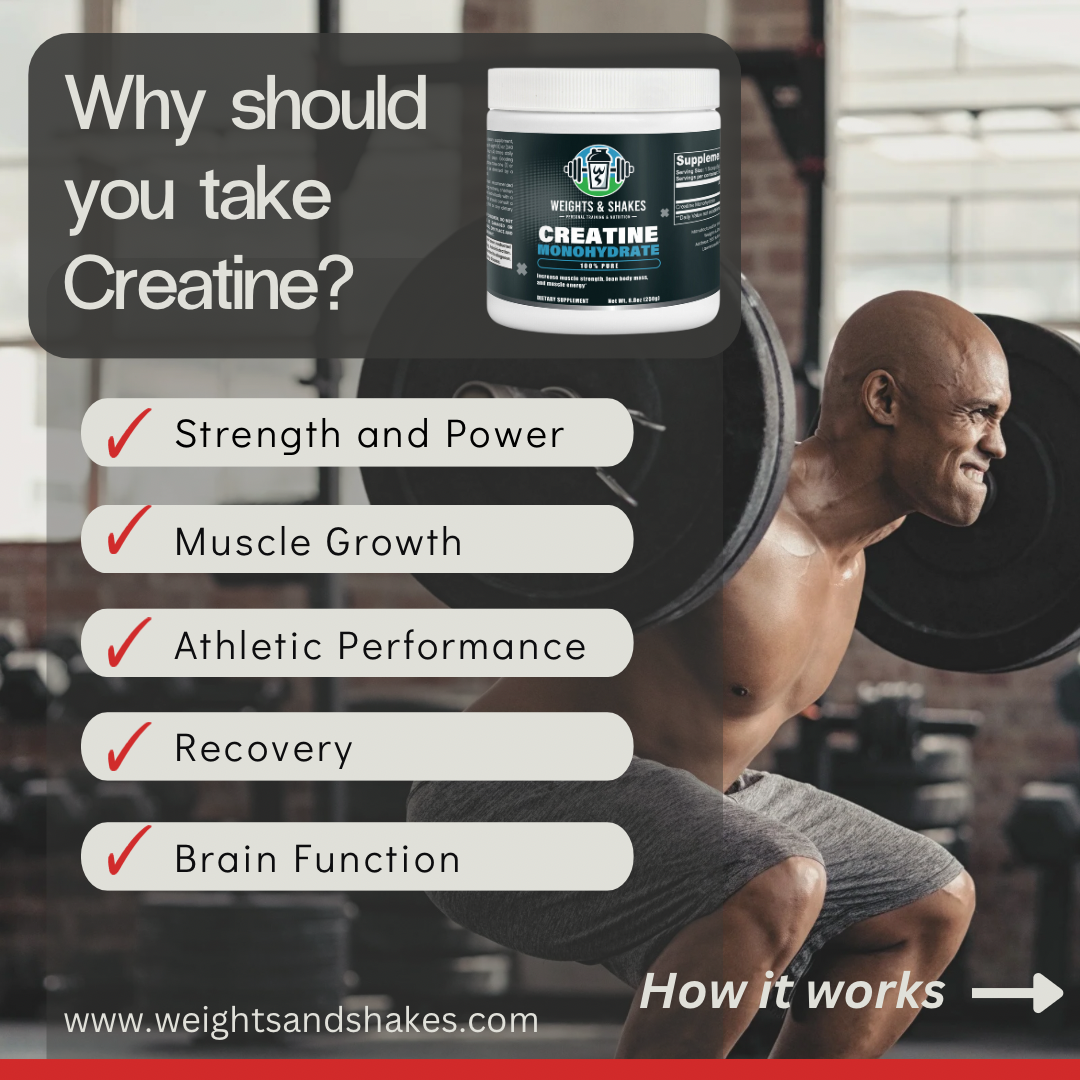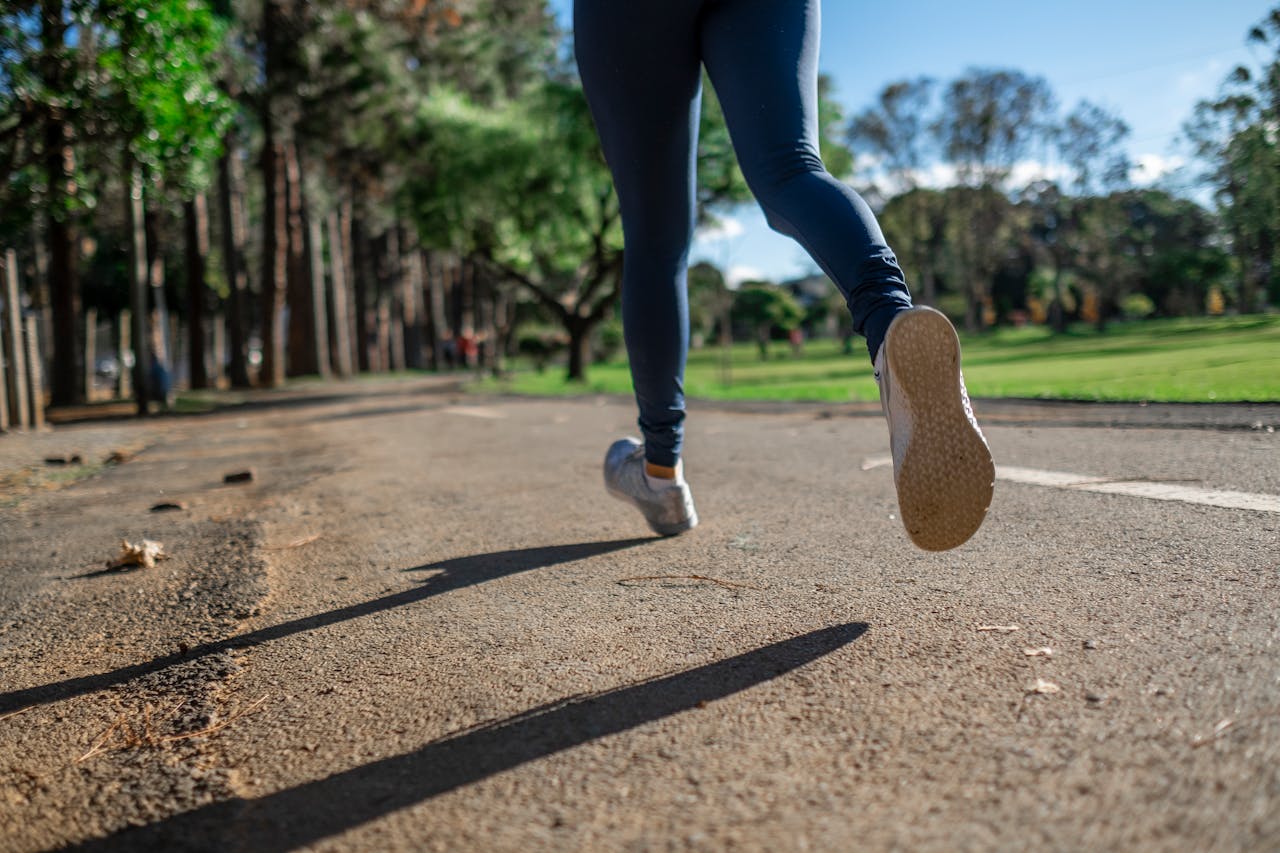Sign Up for Newsletter
When it comes to strength training and lifting weights, one of the most debated topics is whether or not to wear gloves. Gloves can offer comfort and protection, but they also come with their own set of challenges. At Weights & Shakes, we understand that every fitness journey is unique, so we’re here to help you navigate this decision by breaking down the advantages and disadvantages of using gloves during your workouts, and how this choice can affect the anatomy of your hands—specifically, the formation of calluses versus blisters.
Advantages of Training with Gloves
1. Protection Against Blisters and Tears:
Gloves provide an extra layer of protection between your skin and the rough surface of barbells, dumbbells, and other equipment. This can be particularly beneficial for beginners who are still developing their grip strength. Gloves help prevent blisters and skin tears, which can be painful and potentially sideline your training while they heal.
2. Improved Grip:
Many weightlifting gloves come with padding or special materials designed to enhance your grip. This can be especially helpful when lifting heavier weights or during exercises like deadlifts, where grip strength is crucial. A more secure grip can also boost your confidence during lifts, potentially allowing you to focus better on form and technique.
3. Reduced Pressure on Hands:
Lifting heavy weights places significant pressure on your hands, especially on the palms and fingers. Gloves can help distribute this pressure more evenly, reducing discomfort and the risk of injury. For individuals with sensitive skin or joint issues, gloves can be a game-changer, making weightlifting more accessible and enjoyable.
4. Hygiene:
Gyms are breeding grounds for bacteria, and gloves provide a barrier between your skin and communal equipment. This can reduce your exposure to germs and decrease the likelihood of developing skin infections, especially if you have cuts or abrasions on your hands.
Disadvantages of Training with Gloves
1. Reduced Grip Strength:
While gloves can improve grip by providing additional traction, they can also hinder the natural development of your grip strength. The additional padding between your hands and the weights can reduce your hands’ direct contact with the equipment, which may lead to a weaker grip over time. For those serious about building overall strength, this can be a significant downside.
2. Loss of Sensory Feedback:
Gloves can reduce the tactile feedback your hands receive during lifts. This sensory information is crucial for adjusting your grip, ensuring proper technique, and preventing injury. Without this feedback, you might be more prone to lifting with improper form, especially during complex movements.
3. Callus Development:
While gloves protect against blisters, they also prevent the natural formation of calluses. Calluses are toughened areas of skin that develop in response to repeated friction and pressure. They act as a natural protective barrier, allowing you to lift heavier weights without discomfort. Some lifters view calluses as a badge of honor, a sign of hard work and dedication. However, gloves can slow down or prevent their formation, which might lead to discomfort when lifting without gloves.
The Anatomy of the Human Hand: Calluses vs. Blisters
The skin on your hands is relatively thin, but it’s designed to withstand a lot of wear and tear. When you lift weights, the friction between your hands and the equipment causes small amounts of skin damage. Over time, this damage prompts your body to produce thicker, tougher skin—known as calluses—to protect against further injury. Calluses are generally not painful, and they help you maintain a firm grip on weights without the need for gloves.
Blisters, on the other hand, are fluid-filled pockets that form when the skin is subjected to intense friction or pressure over a short period. They are often painful and can make it difficult to continue lifting until they heal. Gloves can prevent blisters by reducing friction, but at the cost of slowing down callus formation.
Tips from Weights & Shakes on Choosing the Best Option for You
1. Assess Your Goals:
If your primary goal is to build grip strength and you’re comfortable with some discomfort, consider lifting without gloves. Allowing your hands to toughen up naturally will pay off in the long run, especially if you’re serious about heavy lifting.
2. Listen to Your Body:
Pay attention to how your hands feel during and after your workouts. If you’re experiencing persistent pain or blisters that interfere with your training, gloves might be a helpful tool to keep you lifting consistently.
3. Try a Hybrid Approach:
You don’t have to choose one option exclusively. Many lifters use gloves for certain exercises (like deadlifts or pull-ups) where the grip is more challenging, and go barehanded for others to build grip strength and calluses. Experiment to find what works best for your body.
4. Consider Glove Alternatives:
If you’re looking for protection but don’t want the bulk of traditional gloves, consider grip pads or liquid chalk. These alternatives offer a balance between protection and maintaining grip strength.
At Weights & Shakes, we believe that the best fitness routines are the ones that work for you. Whether you decide to train with gloves, barehanded, or somewhere in between, the key is to stay consistent, listen to your body, and enjoy the process.




